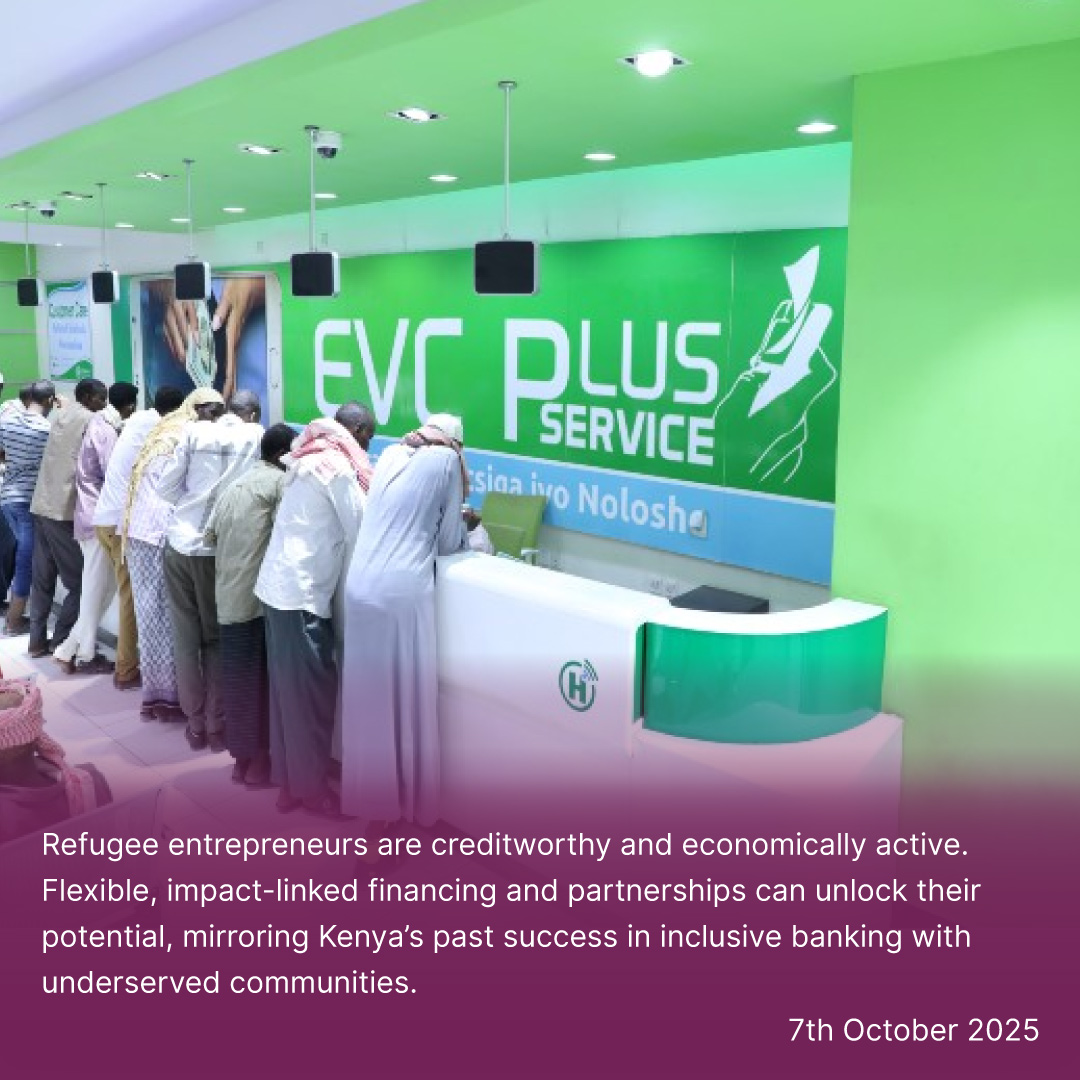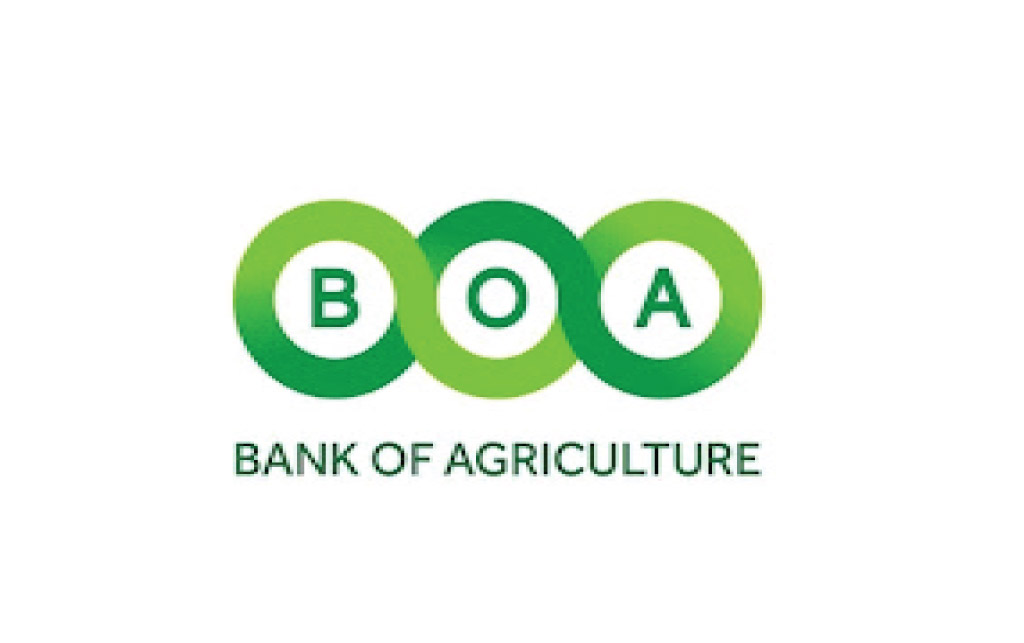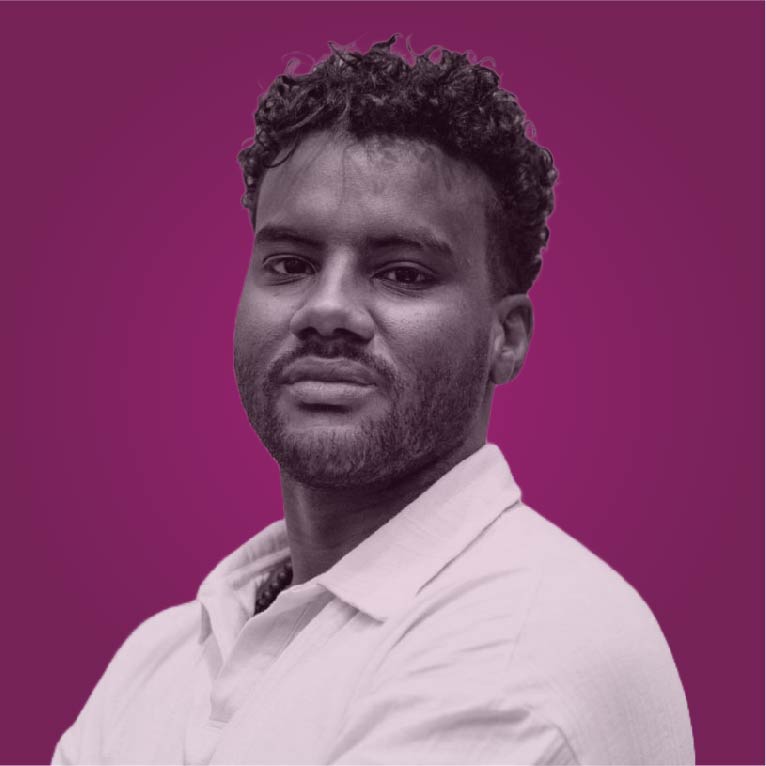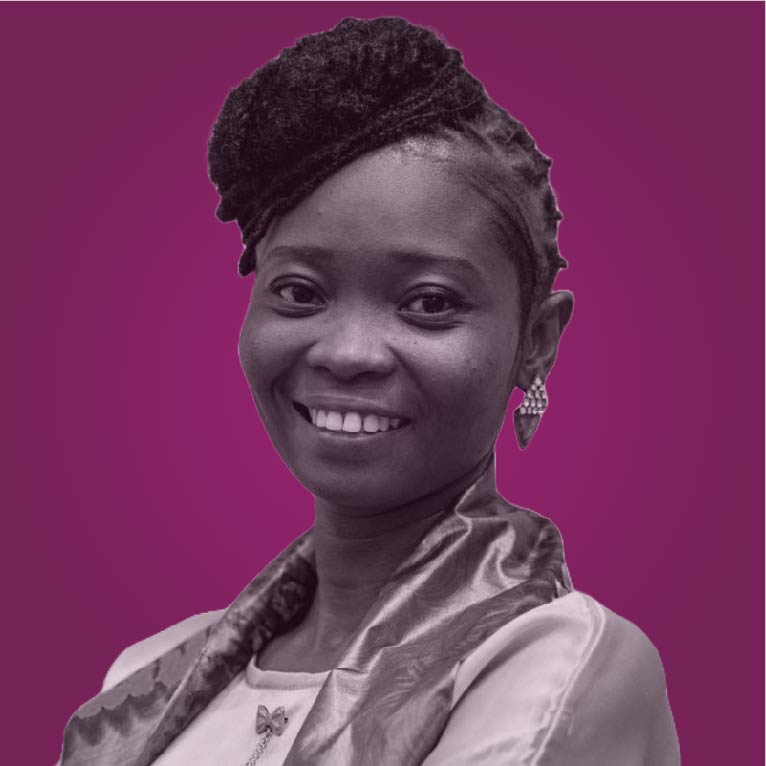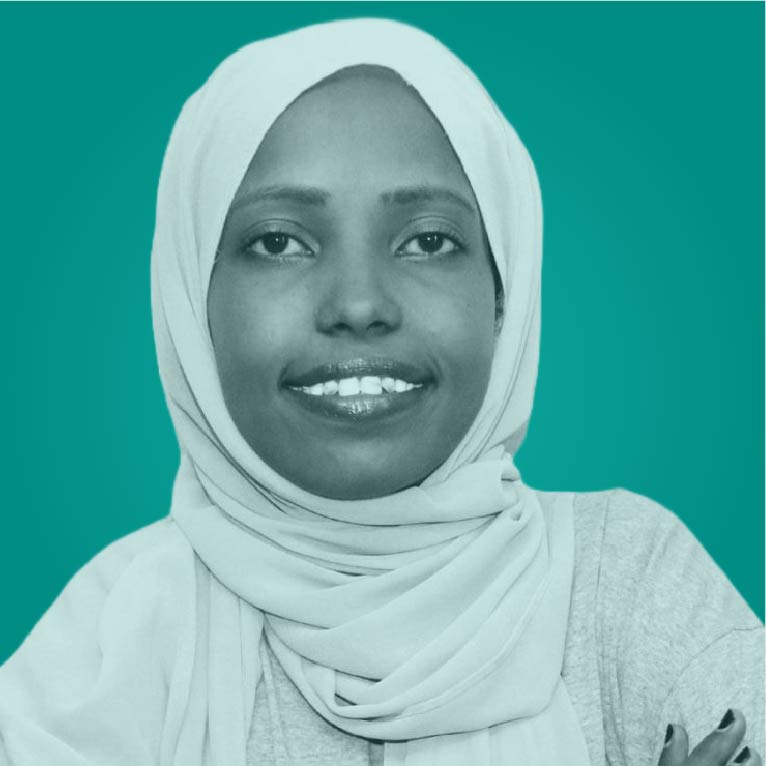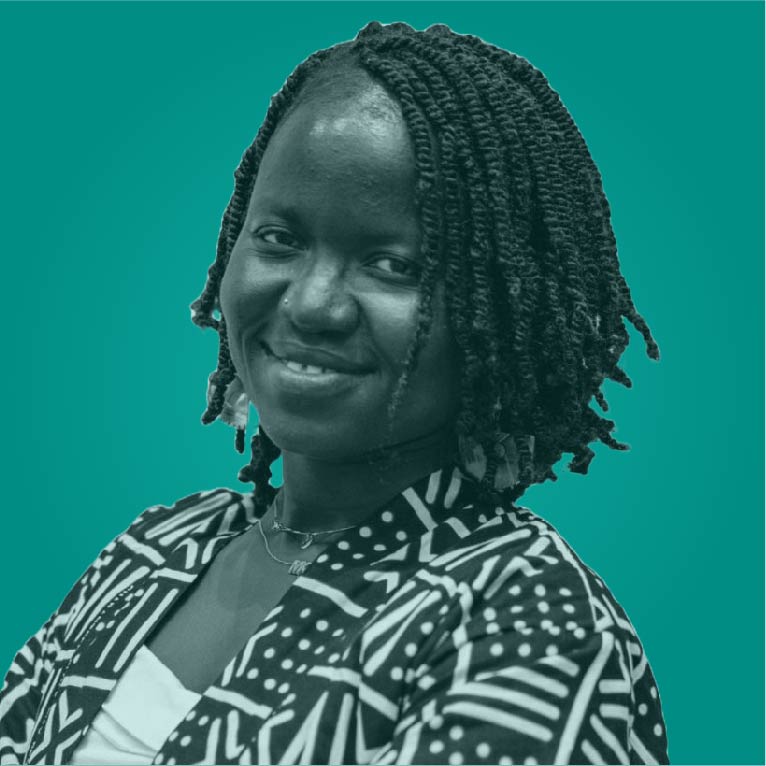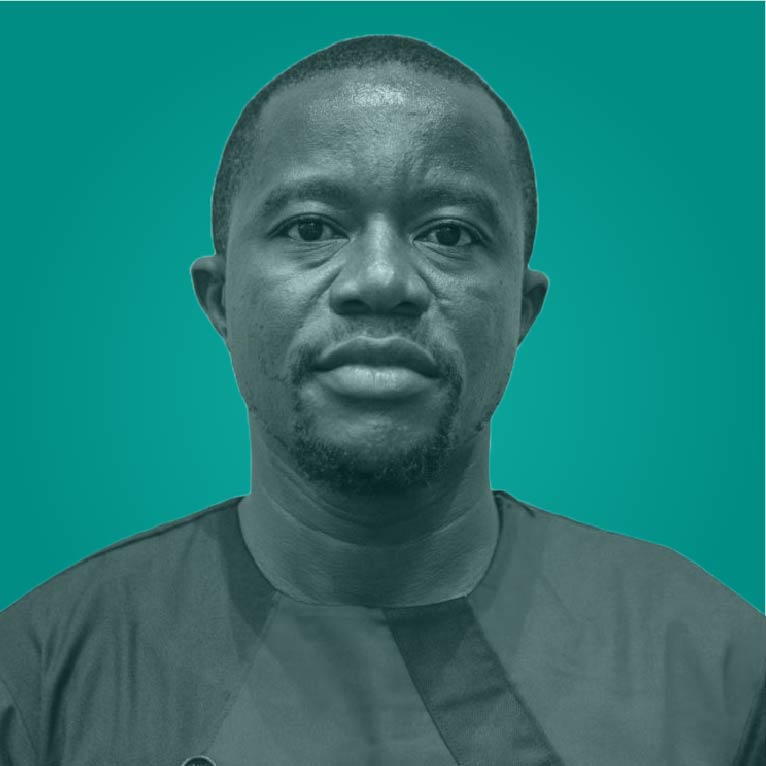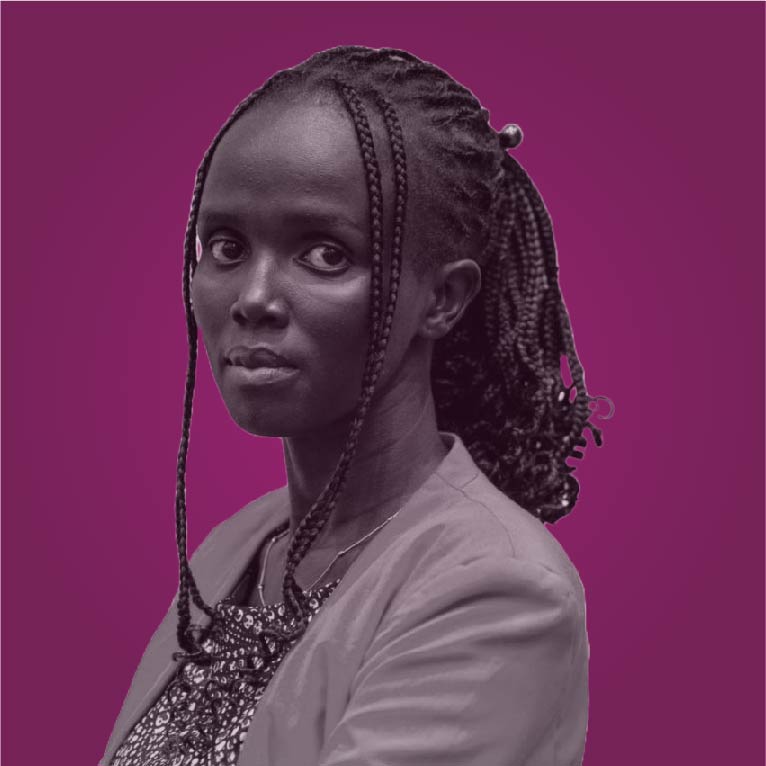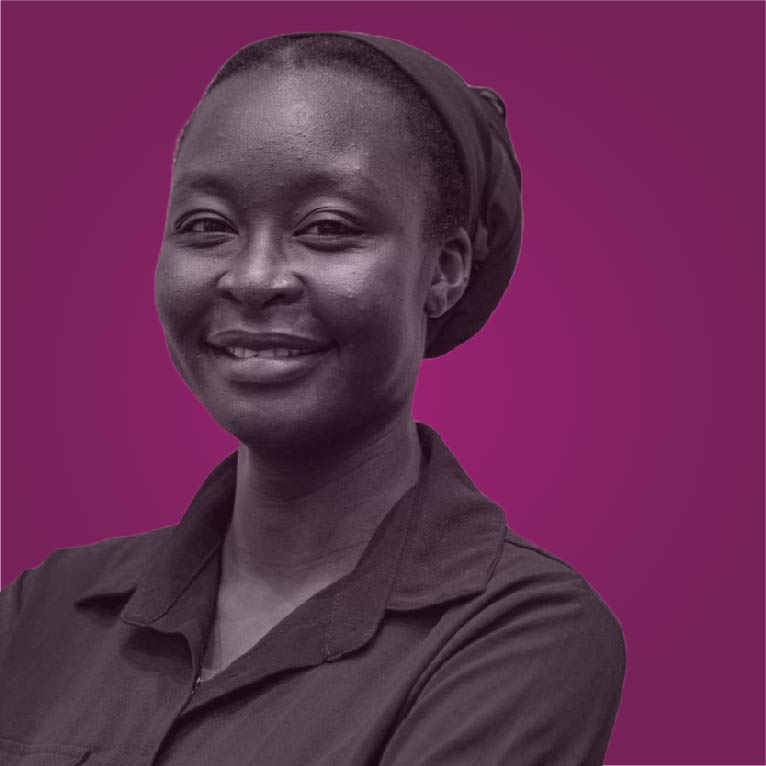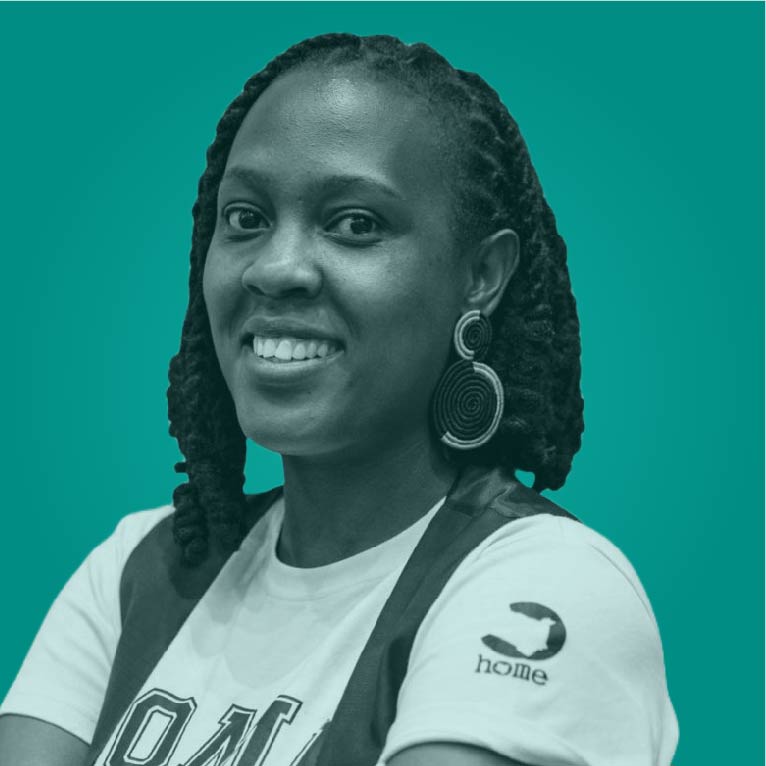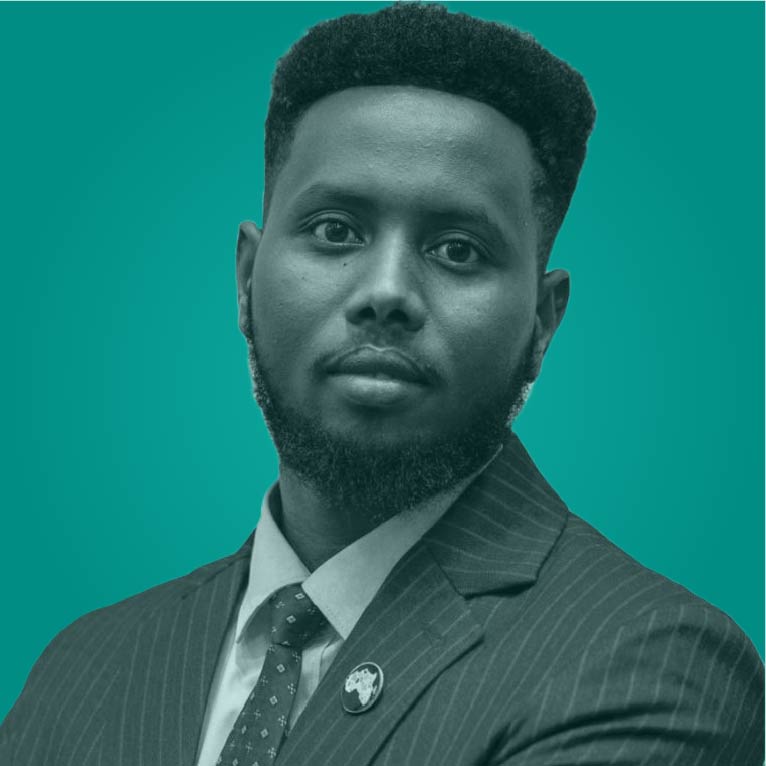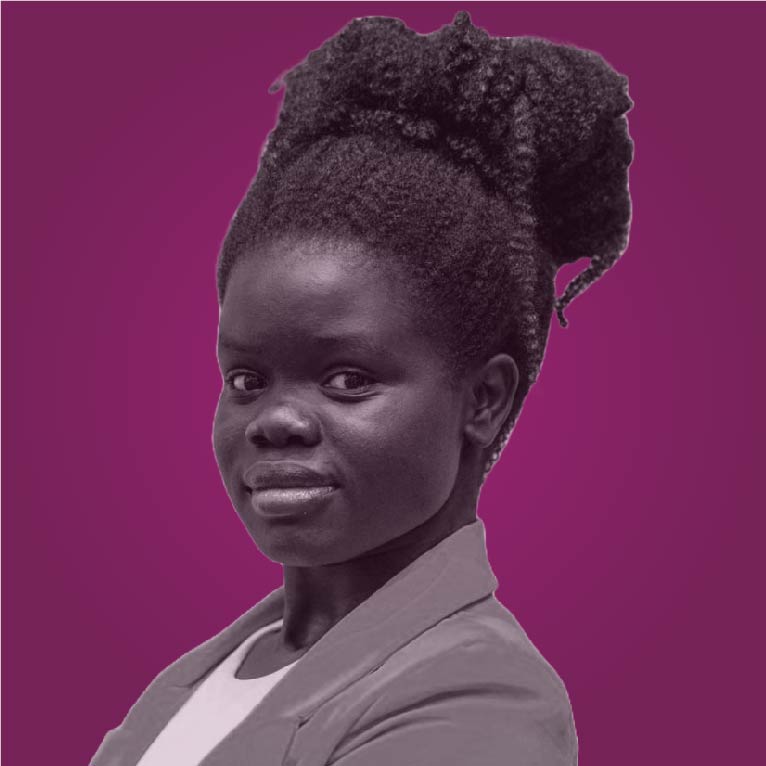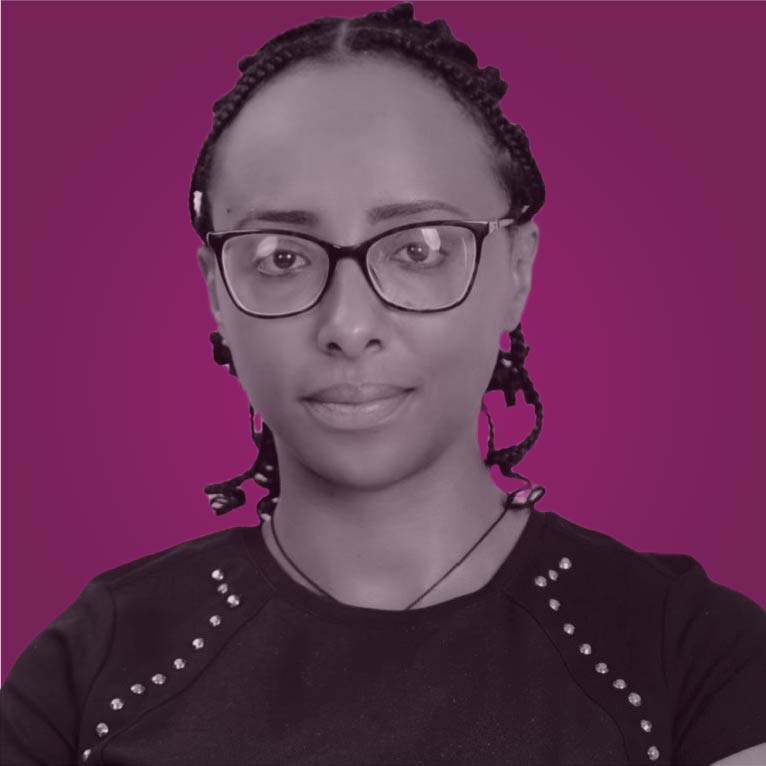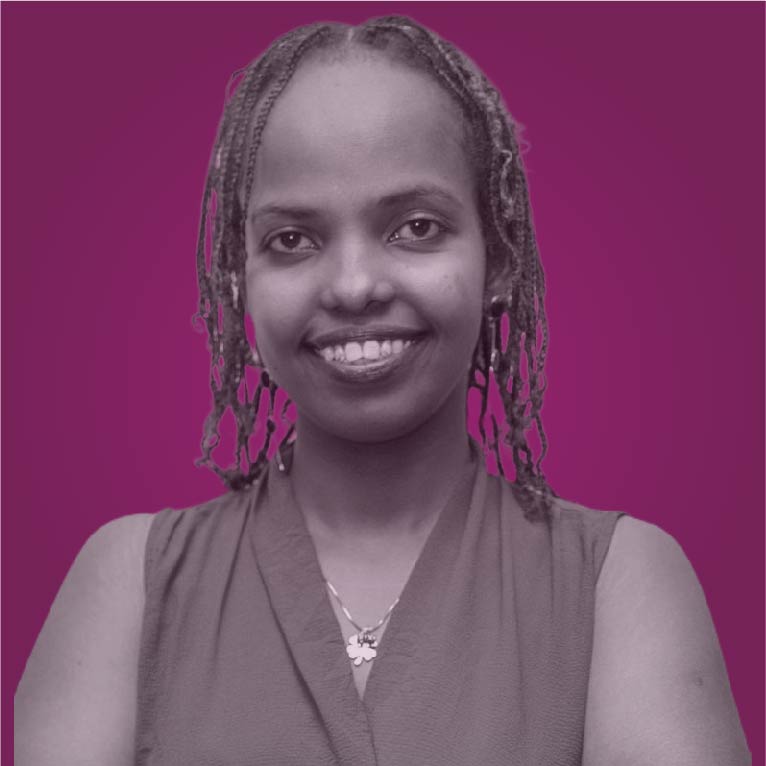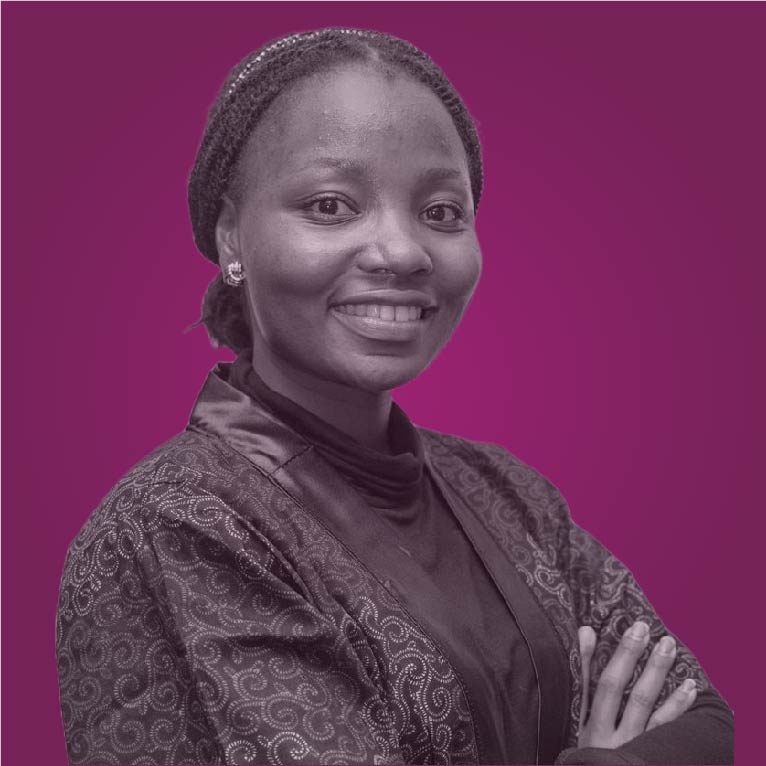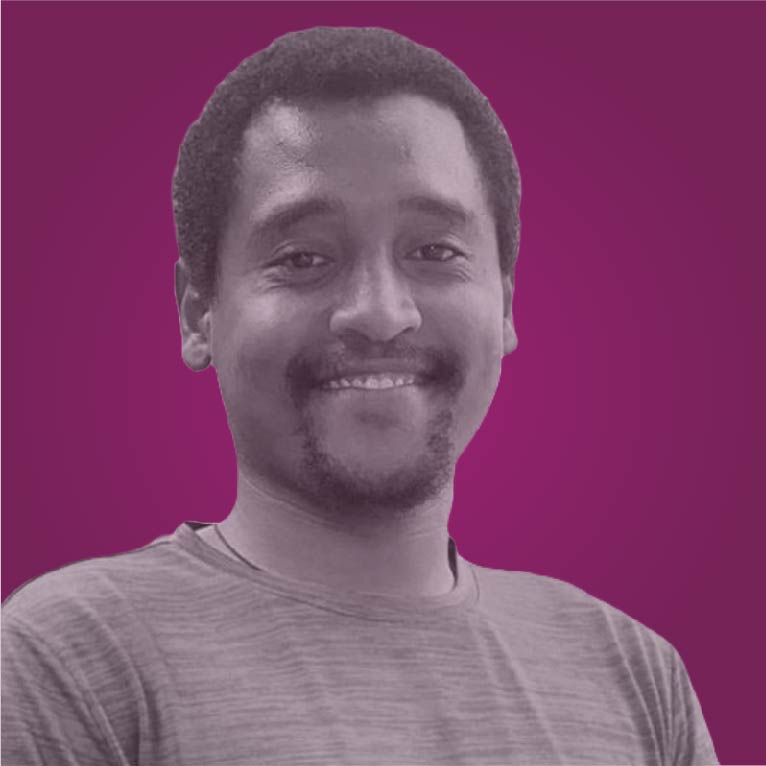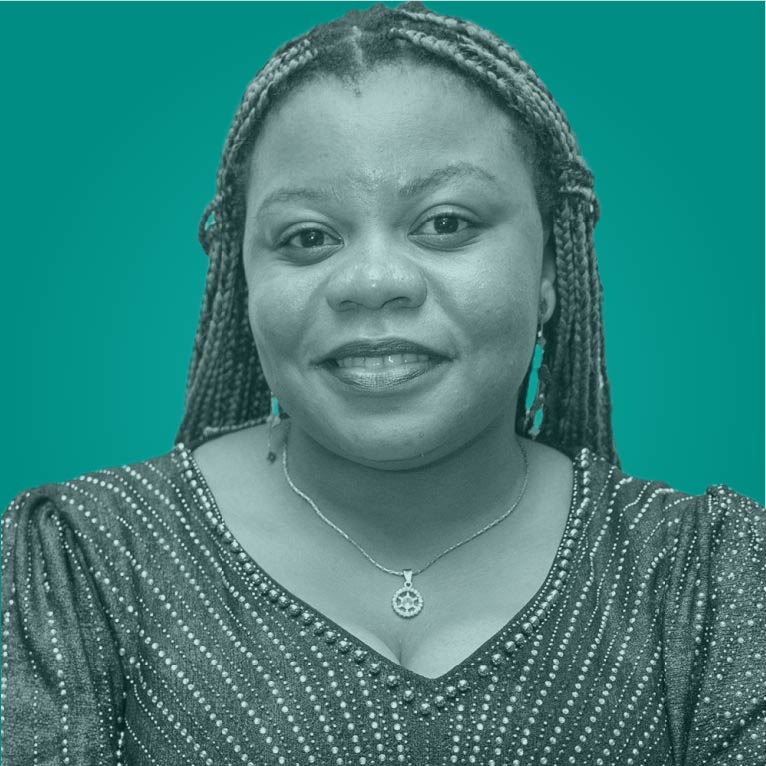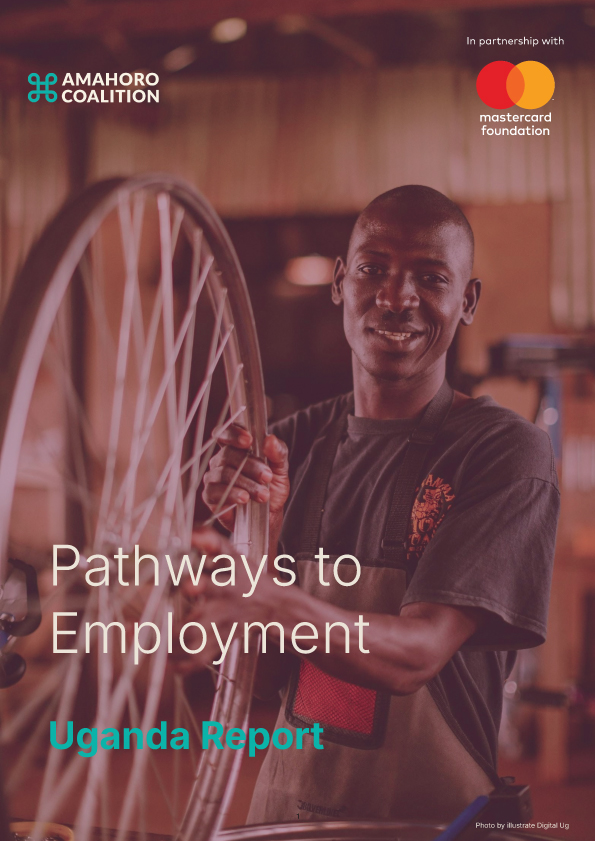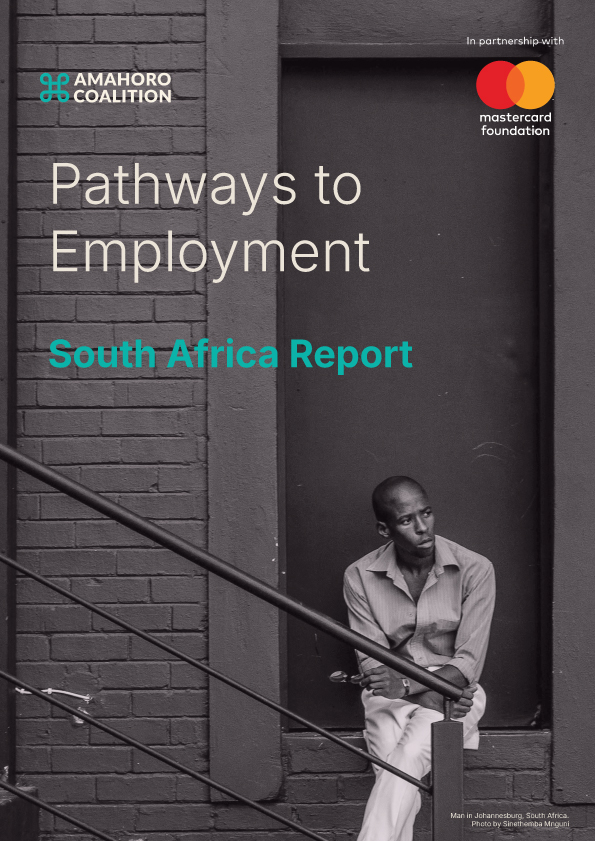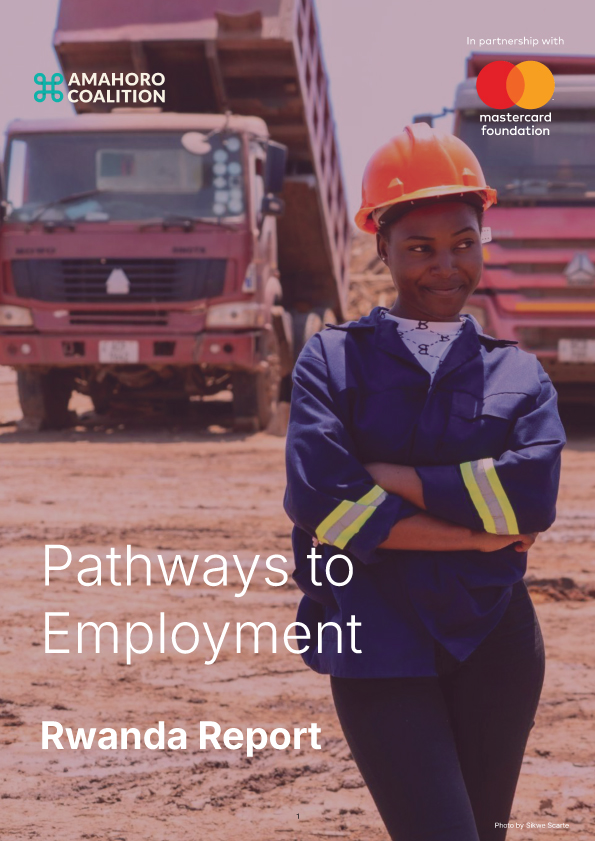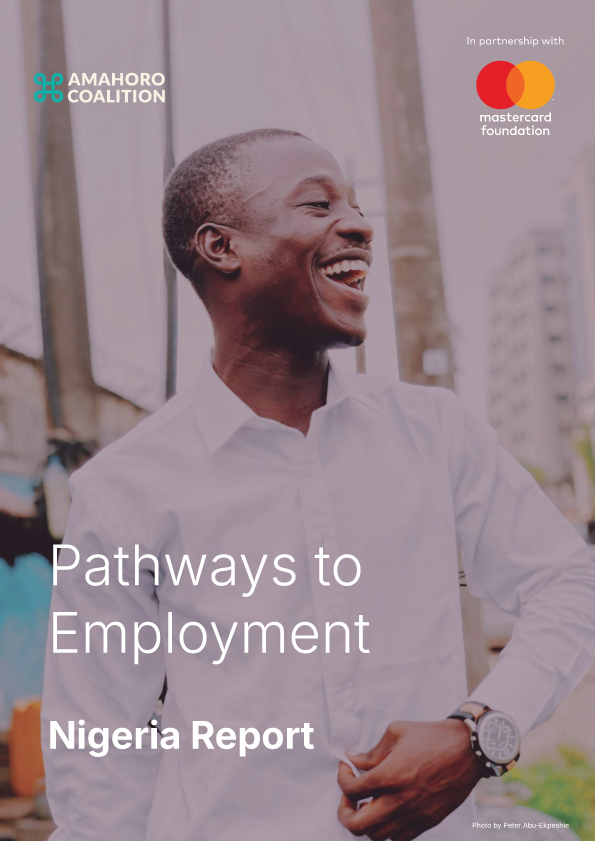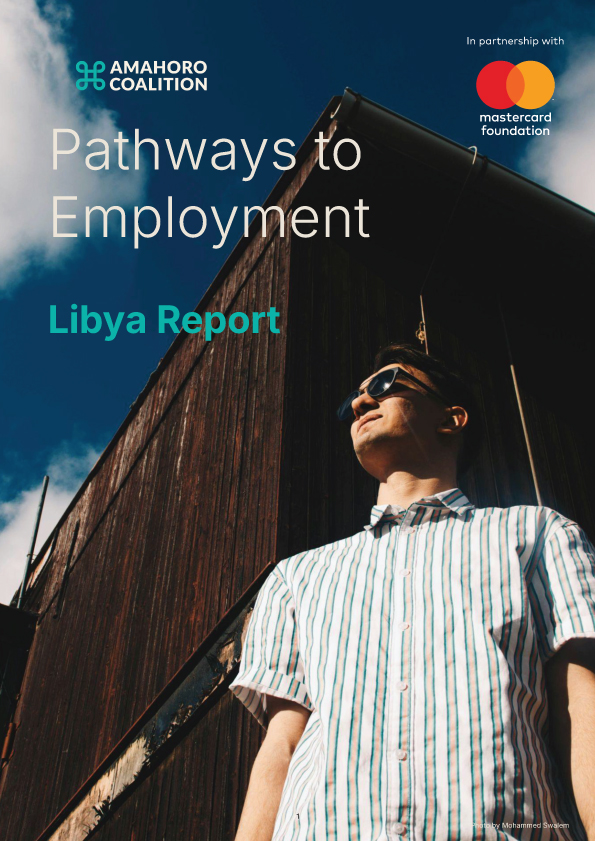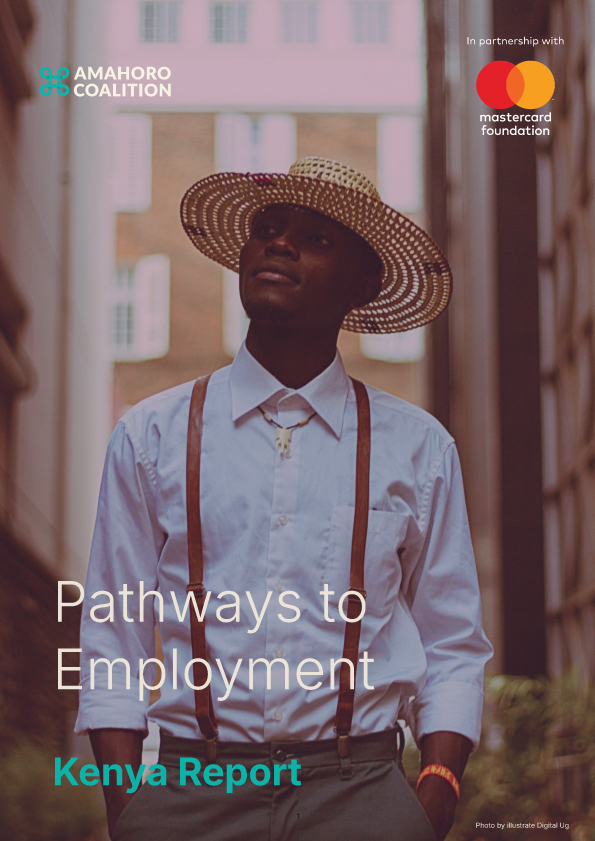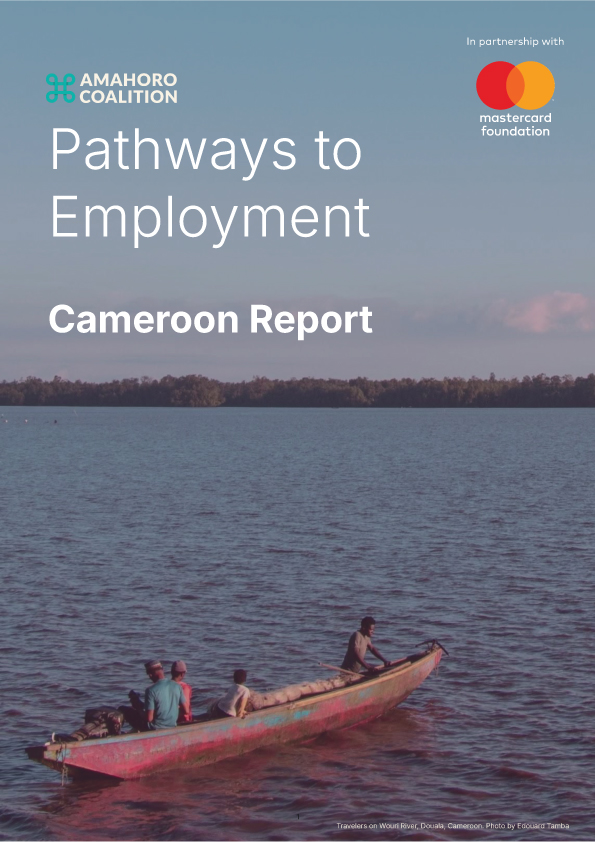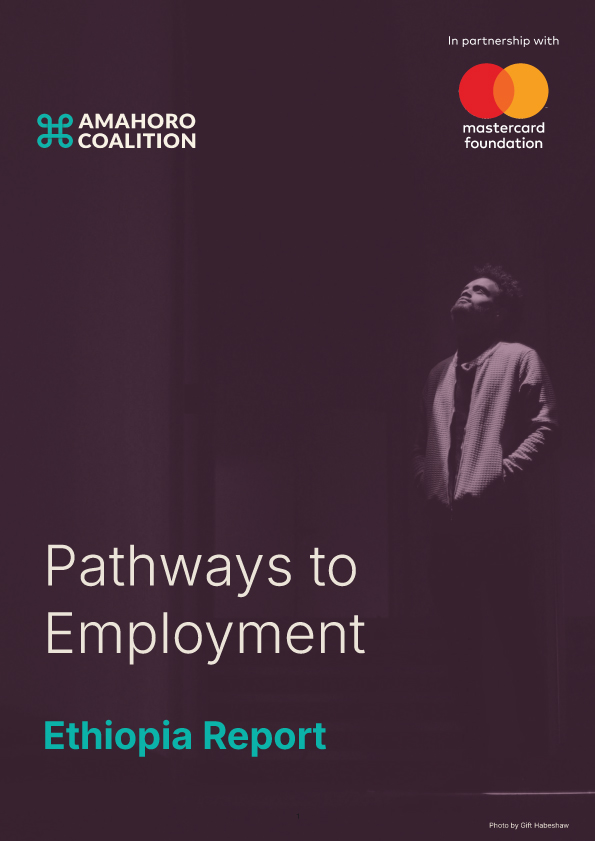By: Kris Senanu, Saniya Syeda and Gerald Kilimo
Decades ago, Kenya’s financial system excluded small businesses, farmers, market traders, and kiosk owners, branding them as “uninvestable.” Banks imposed barriers such as minimum balances of 10,000 KSh (∼$100), burdensome transaction fees, and collateral requirements like title deeds that few could provide. This systemic exclusion, as Equity Bank CEO James Mwangi noted, effectively locked communities out of opportunity: “Without financial services, you don’t have a seat at the table where resources are allocated … and your dreams are not valid.”
Traditional banks viewed these clients as high-risk, overlooking the disciplined micro-transactions of the poor, like daily milk purchases or kerosene budgets, and failing to build the necessary trust for meaningful engagement. Mwangi transformed this dynamic by “democratizing finance.” He led Equity Bank’s shift to a high-volume, low-margin model, eliminating minimum balances and engaging directly with the very people other institutions had dismissed. This decision to trust those labeled “unbankable” unlocked a powerful market. Equity grew to serve over 16 million customers, showing that inclusion drives not only profit but also profound social change.
Much like Kenya’s small businesses of the past, refugee entrepreneurs today are often seen through reductive lenses—”camps” obscuring competence and capacity, and assuming lack of productive opportunity.
This misperception parallels the earlier banking oversight in Kenya, where institutions perceived only vulnerability and failed to nurture agency. Similarly, transforming how we approach refugee entrepreneurship demands a fundamental shift in perspective.
Assessing refugee ventures requires contextualized, data-driven approaches that capture economic potential within local realities, rather than relying on narrow, conventional notions of opportunity. Investing in refugee businesses means rejecting assumptions, recognizing economic activity where others see only aid dependence, and fostering dignity through inclusion and genuine partnership, as opposed to charity.
Data consistently demonstrates that refugee entrepreneurs are not only active but financially reliable, challenging assumptions that they are high-risk or unbankable. From 2016 to 2022, for instance, Kiva’s global lending data showed refugee borrowers repaying roughly 97.2% of loans, comparable to or even better than other borrower groups. In Uganda’s West Nile region, surveys among 6,700 camp residents revealed high market activity, with mobile-money agents and entrepreneurial groups thriving, prompting VisionFund Uganda to conclude that refugees possess “enough financial capacity to be good clients.” Even in highly regulated settings like Kenya’s Kakuma camp, over 2,500 businesses operated, representing a $16.5 million economy as of 2017, likely much larger today. These few examples quickly dispel the myth of refugees as “unbankable” and reveal a viable population that is creditworthy and economically active.
So far, few mainstream investors have meaningfully engaged refugee markets. Some reports have highlighted that “few commercial investors are actively involved” in such spaces. This echoes the reluctance of Kenyan banks decades ago, before Equity Bank disrupted their assumptions. The tide, however, is beginning to turn. Equity Bank, once again leading the charge, has launched a $20 million facility aimed at financing refugees and host communities in Kenya’s camps. Impact investors are also stepping in. iGravity, in partnership with the Danish Refugee Council (DRC), created a Refugee Investment Facility (RIF), under one of its innovation pillars to serve as a dedicated fund for enterprises that serve or employ displaced populations, as a forward-thinking investment model. For one, it provides patient capital with flexible terms, providing loans up to five years in length to accommodate business growth timelines. Importantly, these loans are impact-linked, as enterprises receive interest rate reductions when they hit pre-agreed targets such as hiring refugees or including refugee suppliers in their value chains. This model aligns financial returns with social outcomes. Leveraging DRC’s deep networks, RIF identifies promising businesses, links them with technical assistance, and supports them through growth.
To succeed in refugee markets, investors must learn from models like RIF and adopt a tailored approach.
First, long-term and flexible financing is crucial, designing loan or equity products with multi-year tenors and relaxed collateral requirements that match refugee-led businesses’ realities. Second, finance must be linked to impact, using incentives such as interest-rate reductions or bonus structures tied to measurable refugee outcomes like employment or services. Finally, partnerships are essential.
Collaborating with humanitarian and local organizations provides crucial context, enhances risk assessment, and delivers support beyond capital through training, marketing, and compliance assistance.

